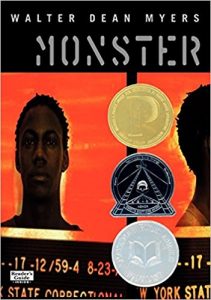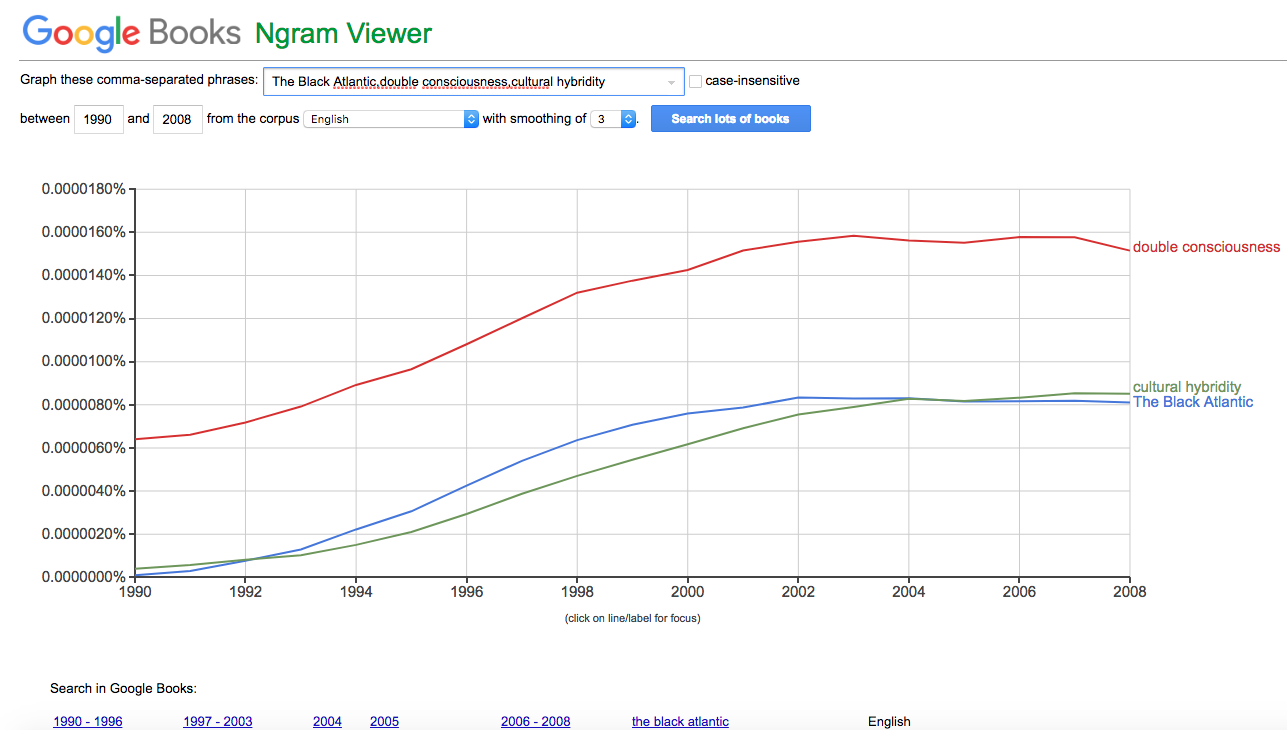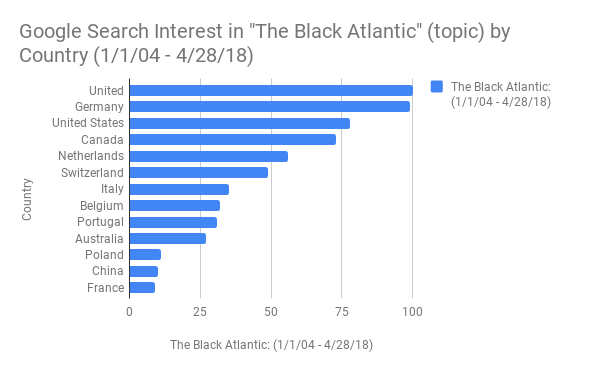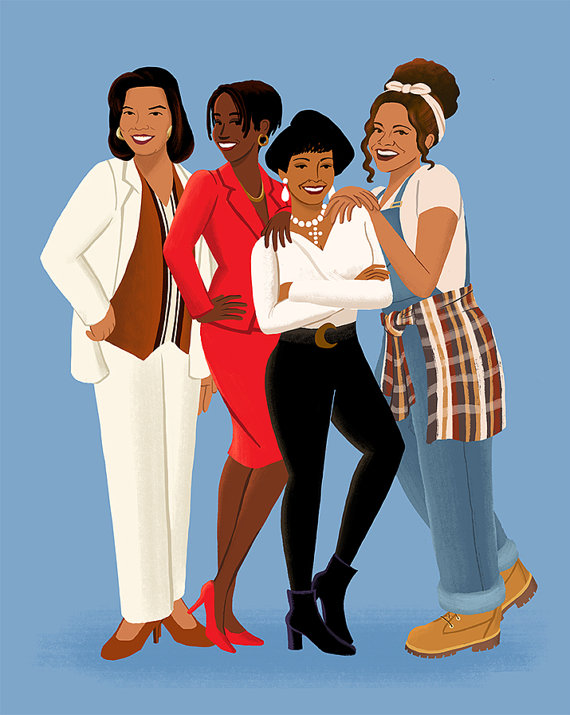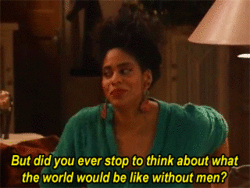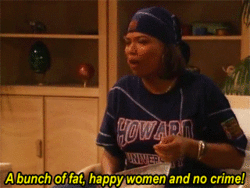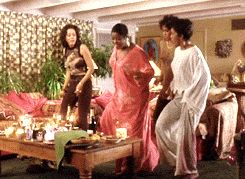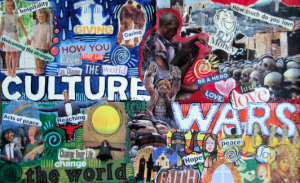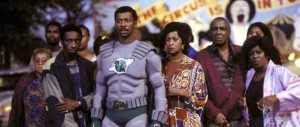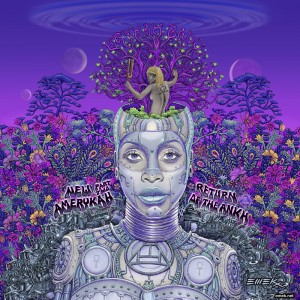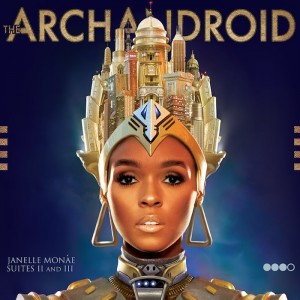
bell hooks is a feminist author and activist from the United States. Her name by birth is Gloria Jean Watkins, but she took the name bell hooks in honor of her maternal great-grandmother. hooks was born, one of seven children, to Veodis Watkins, a custodian, and Rosa Bell Watkins, a homemaker. She was raised in Hopkinsville, a segregated town in rural Kentucky, where she experienced firsthand both the hardships of segregated schools and, later, the process of integration.
Upon graduating high school, hooks attended Stanford University graduating with a BA in English in 1973 then continued on University of Madison, receiving her MA in English in 1976. Afterward, she split her focus between teaching Ethnic Studies at the University of South California and writing—publishing her first work, “And There We Wept,” a chapbook of poetry in 1978 and Ain’t I a Woman?: Black Women and Feminism in 1981—while, also, working towards a doctorate in literature at the University of California, which she achieved in 1983[1].
hooks spent her academic career as a scholar of African-American literature, writing her PhD dissertation on Toni Morrison, but her influences include a wide array thinkers including, amongst others: playwright Lorraine Hansberry, pedagogical theorist Paulo Freire, theologian Gustavo Gutiérrez, psychologist Erich Fromm, historian Walter Rodney as well as peace activist Thich Nhat Hahn and civil rights leaders, Malcolm X and Martin Luther King Jr.[2].
As such, hooks quickly became one of the foremost theorists of intersectionality, a framework which has recently gained great popularity in the analysis of systems of power within society and has combined her analysis of power relations with her academic career, writing texts dedicated to the topic of pedagogy. In her 1994 book Teaching to Transgress: Education as the Practice of Freedom, hooks advocates for “a way of teaching in which anyone can learn.” One in which educators help students “transgress” boundaries of race, class, and sexuality to achieve intellectual and, so too, personal, social, and cultural freedom[3].
Implementing her own theories into practice, hooks, as a professor teaching at a variety of institutions from University of California, Santa Cruz and San Francisco State, to Yale University in New Haven, Connecticut and Oberlin College in Ohio, often found herself referencing pop culture in efforts to help students connect to theories of intersectionality. In doing so, she found herself grappling with new material in an entirely different field, media studies that would become the basis for her 1994 book Outlaw Culture.
In bell hooks’ own words: “Whether we’re talking about race or gender or class, popular culture is where the pedagogy is, it’s where the learning is. So I think that partially people like me who started off doing feminist theory or more traditional literary criticism or what have you begin to write about popular culture, largely because of the impact it was having as the primary pedagogical medium for masses of people globally who want to, in some way, understand the politics of difference. I mean it’s been really exciting for someone like me, both in terms of the personal desires I have to remain bonded with the working-class culture and experience that I came from as well as the sort of southern black aspect of that and at the same time to be a part of a diasporic world culture of ideas and to see how there can be a kind of interplay between all of those different forces. Popular culture is one of the sites where there can be an interplay[4].”
—Cecily McMillan
Works Cited
[1] Notable Biographies – bell hooks
[2] Notes on IAPL 2001 Keynote Speaker, bell hooks
[3] Teaching to transgress: education as the practice of freedom by bell hooks
[4] bell hooks – cultural criticism and transformation



